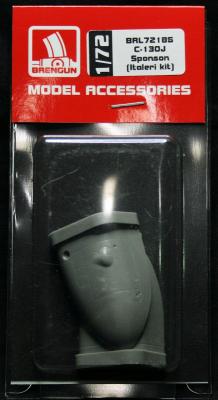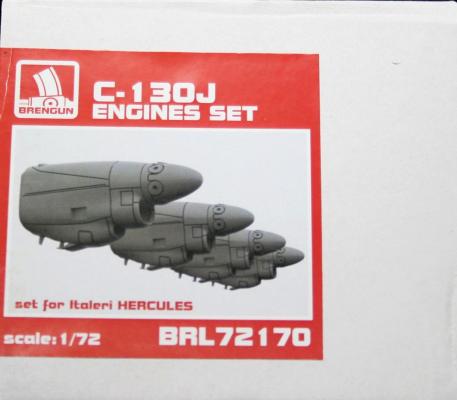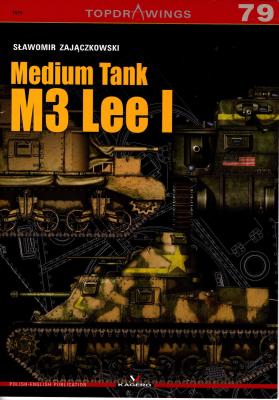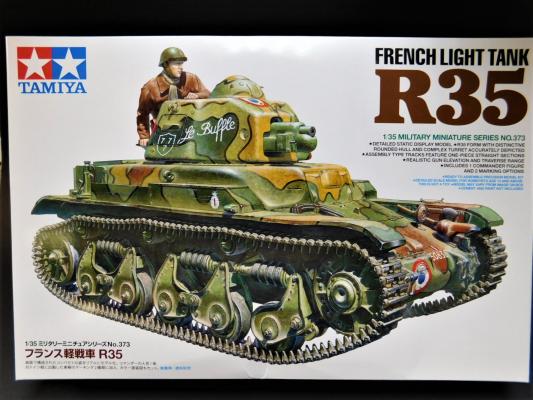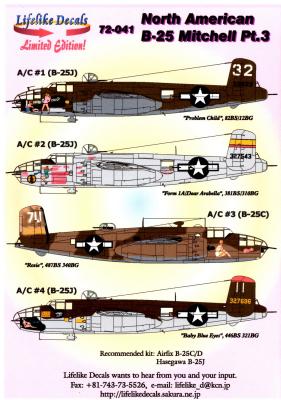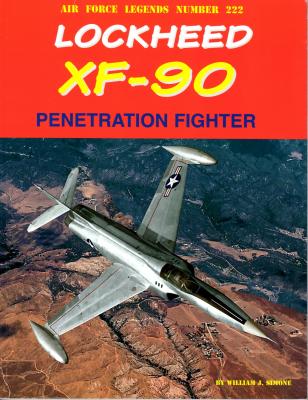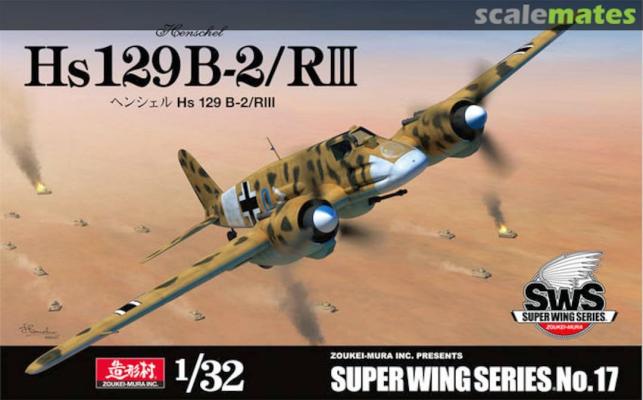Casemate Publications has brought a series by Helion and Company that provides a broad overview of the armed forces and conflicts of the Middle East to the attention of Hobbyists. This particular book is part two of a series that focuses on the history and modern composition of the armed forces of Oman. This is number twenty-two of this series. It is a paperback publication with maps, contemporary black and white photographs as well as a smaller collection of color photographs. You will also find a series of color plates highlighting color schemes of modern and vintage vehicles. The plates and color photographs are helpful, but some of the plates are far too dark. The text is dense, and for my old eyes, a wee bit too small. Regardless, if you are interested in a broad overview of one of the Gulf States, this is a nice overview.
Reviews
I don’t think that much needs to be said about the venerable Hellcat, the premiere US Navy fighter of WW2 (sorry Corsair lovers, I’ll admit to some bias here. When I started as a structural designer at Grumman many decades ago, some of my mentors had actually worked on this aircraft).
Eduard’s Profipack boxing of this little gem includes crisp moldings in light gray and clear styrene, two decal sheets (markings for 5 variants as well as a very full stenciling sheet in both black and white fonts), two sets of p/e parts (one of which contains their beautiful pre-painted etched cockpit parts) and two sets of canopy masks. As is common in Eduard kits, you’ll find some parts that are not used in the build, but this is made clear in the assembly booklet – full color, over 10 pages, including color profiles).
Brengen produces a wide range of unique resin, photo-etch (PE) accessories and full kits in 1/32, 1/48, 1/72 and 1/144. These nacelles were previously produced by Attack Squadron (Arma Hobby) and that product line was sold to Brengen which now offers the C-130 product line many are familiar with.
This resin set comes in a sturdy cardboard box containing a left and right forward section of the landing gear sponson. Each of the two castings with crisp mold lines along with substantial cast block attached which are easily removed. The cut location was a little hard to determine at first but after cutting right at the thick of the cast block, it was obvious that it needed to be trimmed to the first cast line.
Brengun produces a wide range of unique resin, photo-etch (PE) accessories and full kits in 1/32, 1/48, 1/72 and 1/144. These nacelles were previously produced by Attack Squadron (Arma Hobby) and that product line was sold to Brengun which now offers the C-130 product line many are familiar with.
Introduction
M3 General Lee is an American medium tank from World War II era, also used by the British Army and known as Lee in the US, and in the United Kingdom as Grant. The M3 tank was created as a result of the need to replace the obsolete M2 tank, which did not match the WWII battlefield. The serial production began in August 1941. The M3 tank had many components from the M2 light tank, including chassis, Wright R975 EC2 star engine, and the shape of the combat compartment.
Kagero Topdrawings
Kagero Topdrawings series are a great resource for all modelers who want correct proportions and details of the vehicle. High quality line drawings are presented along with colored profiles and camouflage schemes. Plans are in popular scales including 1/48 and 1/35 for military vehicles.
Medium Tank M3 Lee I Line Drawings
The Topdrawings for the M3 Lee include line drawings of all sides and the vehicle top for the following variations:
The Kit
Tamiya’s French Light Tank R35 is a new tooled kit of the pre-World War II tank. By the 1930s French military planners could no longer ignore the obsolescence of their masterpiece FT17 tank from late WWI, and work started on a genuine successor to fill the void. One of the answers they came up with was the R35 light tank, which utilized rolled steel lower and three-piece cast upper hull designs and was armed with the short barreled 37mm gun. It was crewed by two. When hostilities with Nazi Germany burst into life in May 1940 the R35 was right in the front line. While it showed its armor was reliable, the 37mm gun was inadequate when it came to take out German armor. The Fall of France in June 1940 meant that production of the R35 was curtailed to approximately 1,600 units.
The North American B-25 Mitchell was one of the best Allied twin-engine medium bombers of WW II. It was dependable, simple to service and easy to fly. It was more angular looking than many of its contemporaries, but the Mitchell’s advantages made it preferable in most theatres.
Many of the B-25 crews in Italy, Africa and the Far East showed their love for their planes by decorating them with great markings. The noses of the solid-nose Mitchells were painted to resemble dragons, bats, tigers, sharks etc. The glass-nose Mitchells seemed to collect lots of pin-ups.
Lifelike Decals of Japan have recently issued four sheets of decals covering various B-25s. I chose to review part 3 of this group because I had a Hasegawa B-25J in my stash that I wanted to add to my collection.
This sheet contains markings for four interesting B-25s. They are;
The years following WW II were an era of great advancement in the aircraft industry. Lessons learned from the war, information obtained from the Germans and the advent of the jet engine combined to greatly accelerate development of the industry. During this time, the US Air Material Command issued requests for proposals related to a Penetration Fighter, an All-Weather Fighter and an Interceptor Fighter. Lockheed worked to develop a submission for the Penetration Fighter contract. Their aircraft from the Skunk Works at Lockheed was designated the XF-90.
In Part 2 of my build of Zoukei-Mura’s HS-129B-2, we got the wings and horizontal stabs on and prepped the kit for paint. I primed the plane and checked for flaws and (not surprisingly) there were several. I had to work on the cannon doors and a little bottom seam work. A quick sanding another round of primer and I wanted to give the instructions a last go over. Reviewing the detailed instructions, I see a few parts I needed to add- the flaps and ailerons. I added those and moved on to paint.
For the color scheme, there are markings provided for one plane:
David Francois, from France, earned his PhD in Contemporary History at the University of Burgundy and specialized in studying militant communism, its military history and relationship between politics and violence in contemporary history. In 2009, he co-authored the Guide des archives de l’Internationale communiste published by the French National Archives and the Maison des sciences de l’Homme in Dijon. He is regularly contributing articles for various French military history magazines and regular contributor to the French history website L’autre côté de la colline.


